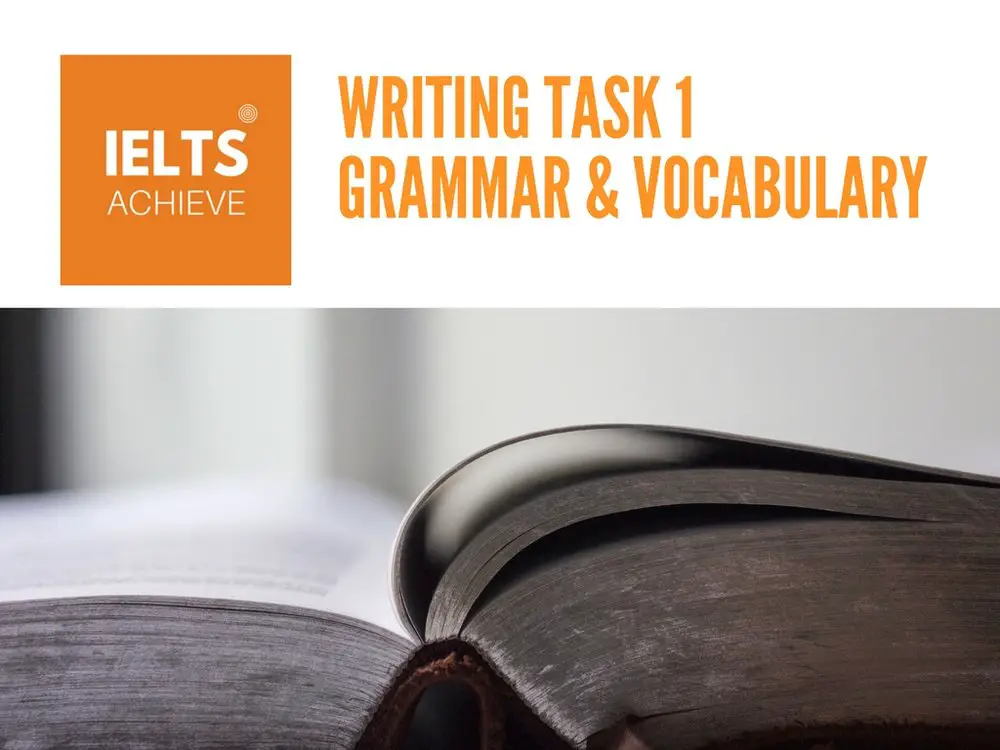
When you are writing an essay for any task 1 academic question, you need to be aware of the grammar and vocabulary you are using. If you have many errors in your work, you will definitely lose marks. In the marking criteria, 25% of your marks are based on grammar, the examiner will check the accuracy of your grammar and the range of sentence structures in the essay. The more mistakes that appear in the writing, the lower the score will be.
For example, here are the criteria for grammatical range and accuracy from band 5 to 9 >>
- Band Score 5 – Uses only a limited range of structures. Attempts complex sentences but these tend to be less accurate than simple sentences. May make frequent grammatical errors and punctuation may be faulty; errors can cause some difficulty for the reader.
- Band Score 6 – Uses a mix of simple and complex sentence forms. makes some errors in grammar and punctuation but they rarely reduce communication.
- Band Score 7 – Uses a variety of complex structures. Produces frequent error-free sentences. Has good control of grammar and punctuation but may make a few errors.
- Band Score 8 – Uses a wide range of structures. The majority of sentences are error-free. makes only very occasional errors or inappropriacies.
- Band Score 9 – Uses a wide range of structures with full flexibility and accuracy; rare minor errors occur only as ‘slips’.
There are a number of common errors that students make in their essays which include the following >>
Articles
Articles are words that define a noun as specific or unspecific. For example;
After the dramatic increase in sales, the pre-loved clothes were very popular.
This example shows that it is a specific increase in sales of the pre-loved clothes.
After a steady increase, a portion of the pre-loved clothes was sold.
By using the article a, we’ve created a general statement, implying that some of the pre-loved clothes sold.
English has two types of articles: definite and indefinite.
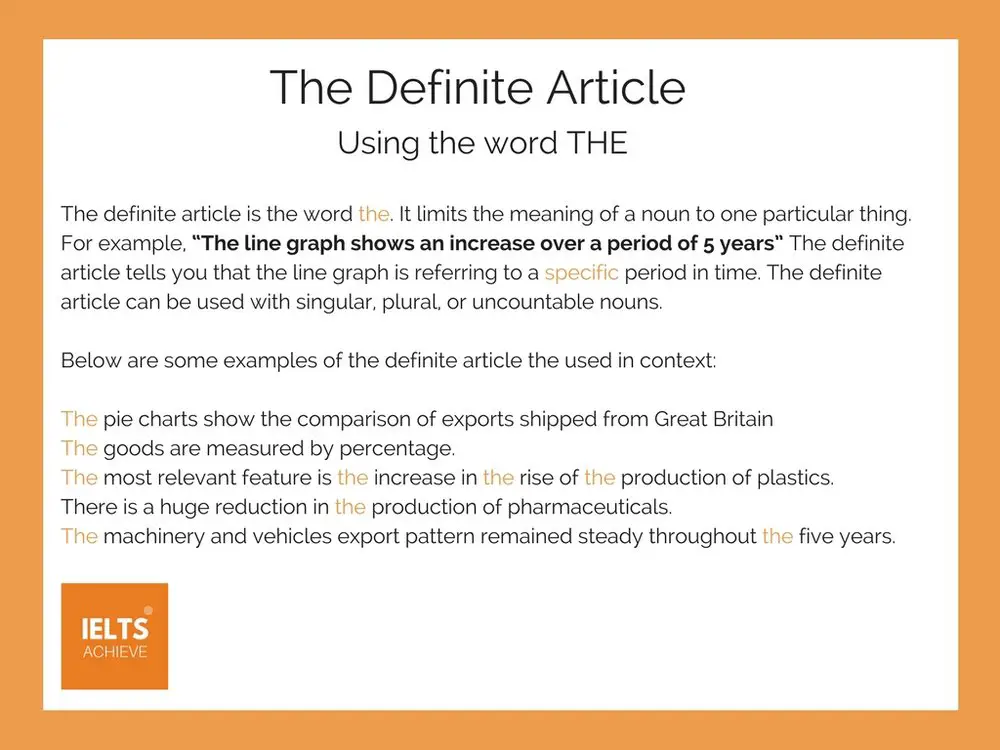
Many of my students get confused by the word the, either putting in too many or too few. Learning how to use this word will be very beneficial for your writing.
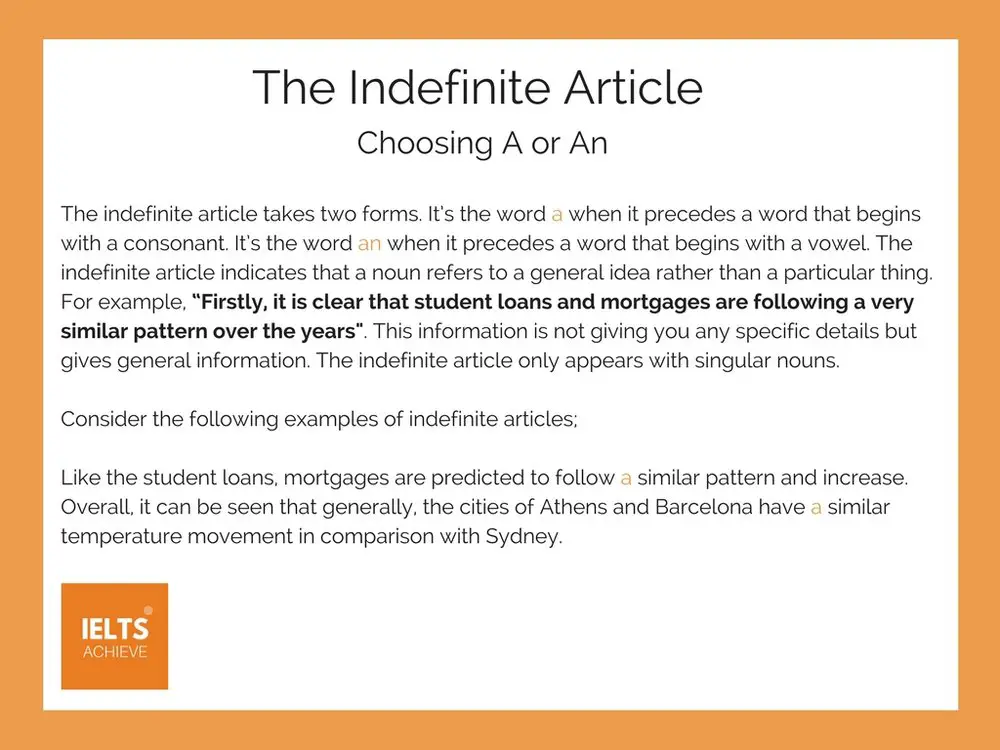
Plurals
Most singular nouns are made a plural by simply putting an -s at the end. There are many different rules regarding pluralization depending on what letter a noun ends in. You use plurals to show when there is more than one of something, so for example, if you are talking about more than one city, you would say ‘cities’.
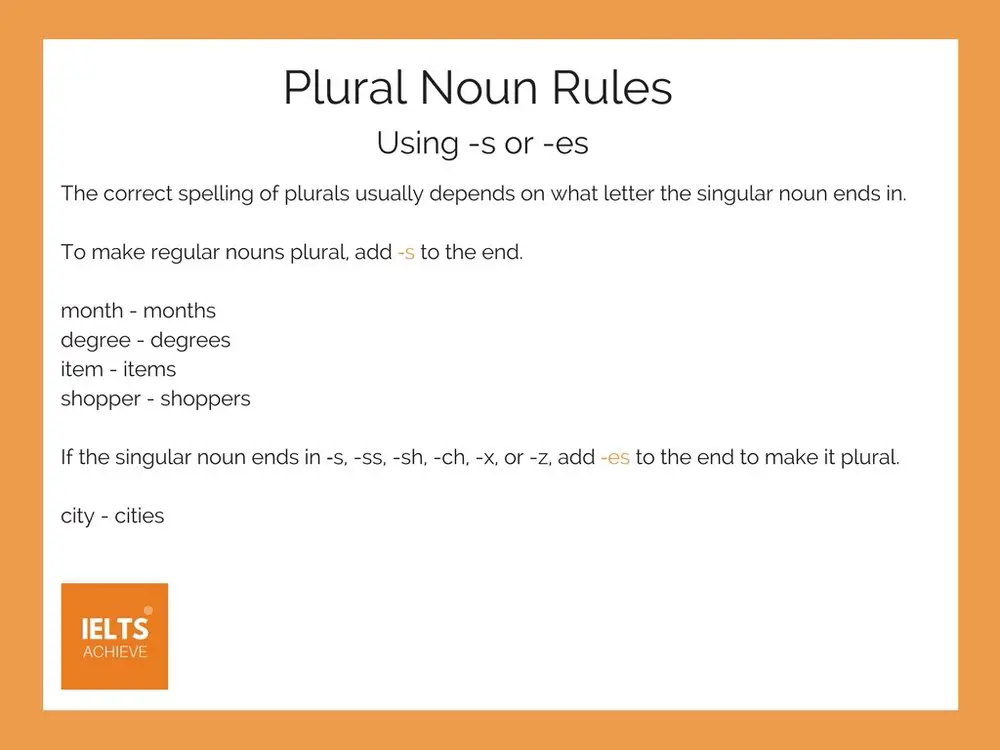
Uncountable Nouns
Countable nouns are referring to items that can be counted, whereas uncountable nouns refer to amounts that cannot be counted.
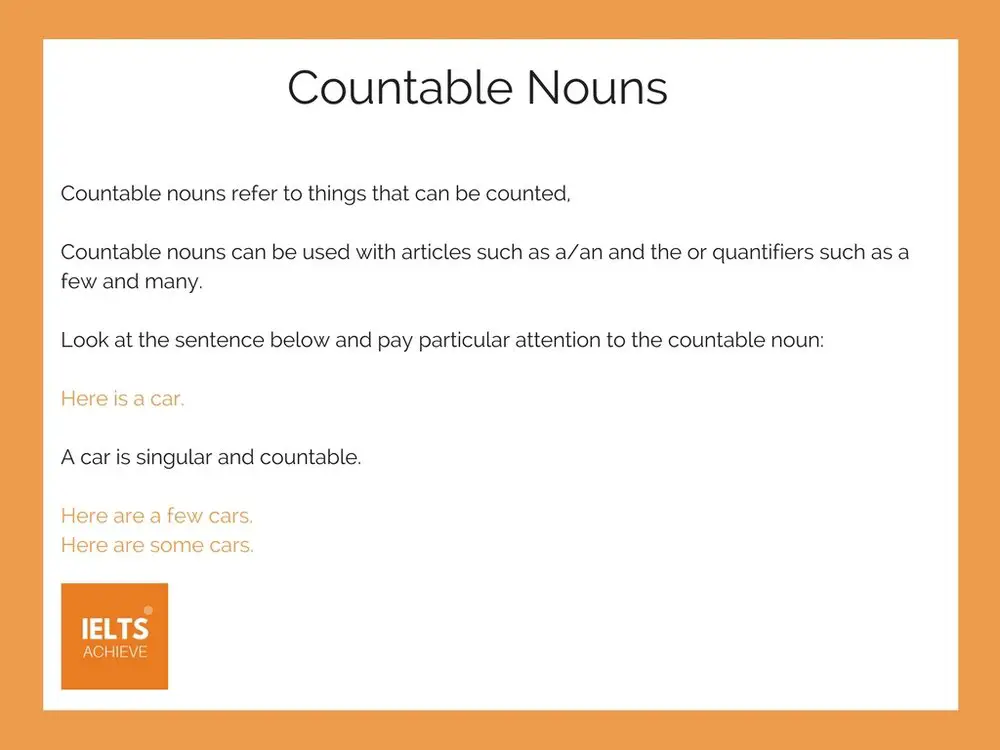
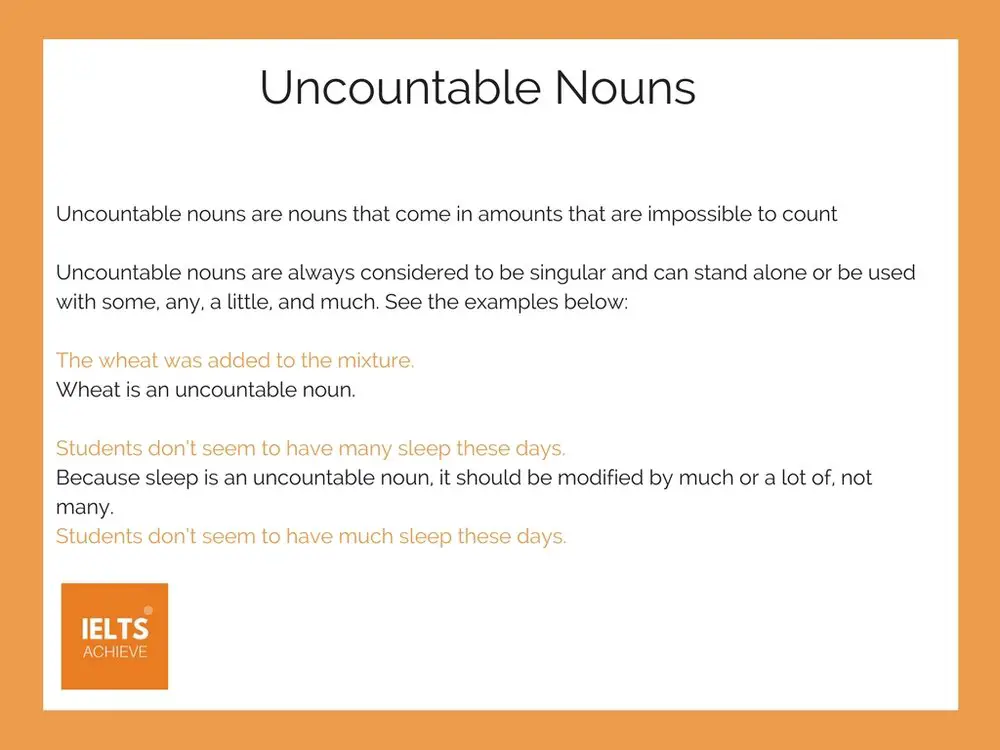
Punctuation
One of the most common errors I see in my student’s essays is the misuse of the comma and the full stop (also known as a period). While a full stop ends a sentence, a comma indicates a smaller break. Some writers think of a comma as a small pause—a marker that separates words, clauses, or ideas within a sentence. There are many examples and rules to follow, take a look and study the rules for comma usage.

Prepositions
Prepositions of place give a sense of direction or location. This is important, particularly when writing a maps question, to show that you can accurately describe where things are. The following examples show different prepositions of place;
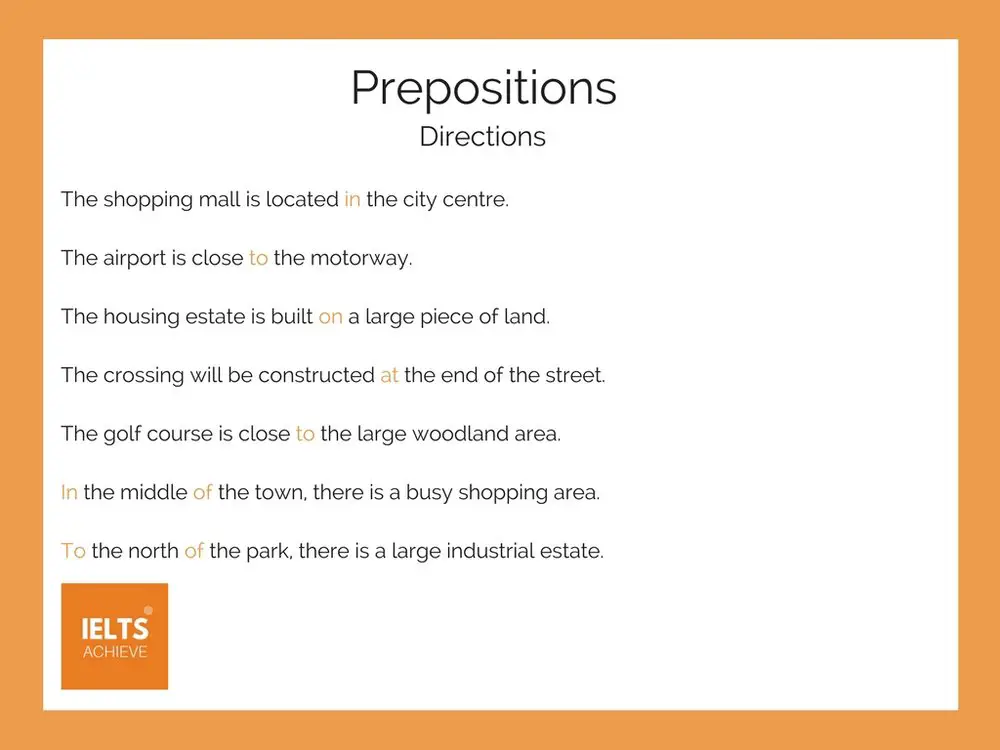
Verb Tense
Verbs come in three tenses: past, present, and future. The past is used to describe things that have already happened (e.g., earlier in the year, yesterday, last month, five years ago). The present tense is used to describe things that are happening right now or things that are continuous. The future tense describes things that have yet to happen (e.g., later, tomorrow, next week, next year, five years from now).
It is important for you to be able to write in the correct verb tense, when describing data, predicting future trends or changes to a map.
When writing about changes you can see on a chart or graph you should be aware of using the correct tense when writing about the information, for example;
- If you are writing about data that is in the past, for example, June 2005, then you should use the past tense.
- If it has predictions for the future, for example, 2022, you use future tenses.
- It there is no time, you use present simple.
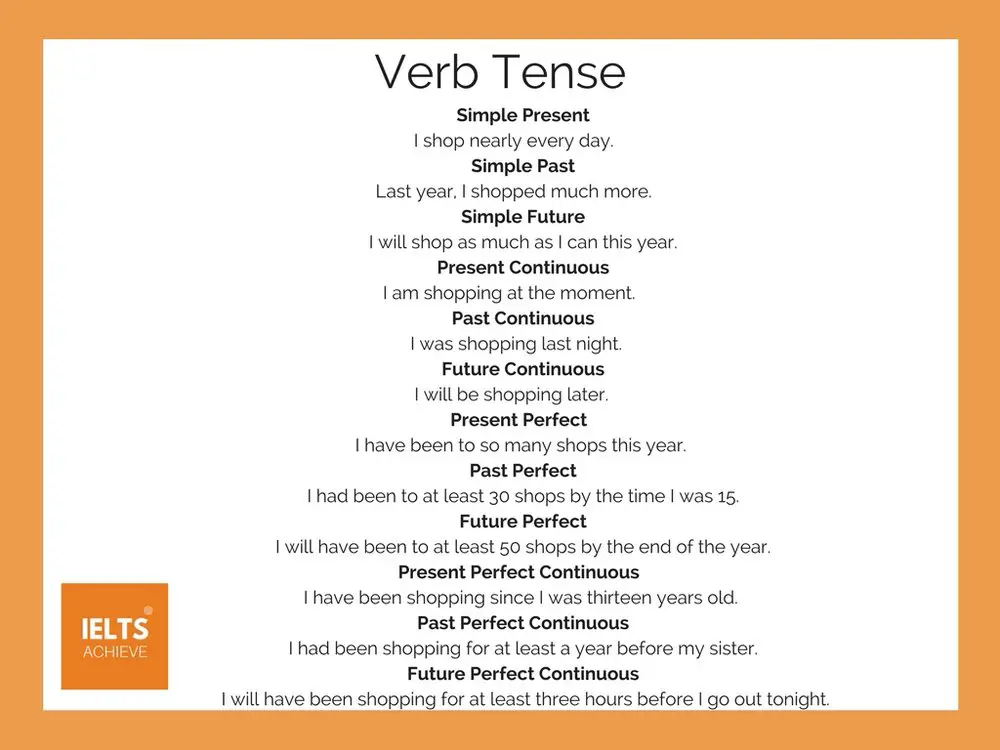
Exercise
Here is an exercise for you to complete, read through each sentence and see where the grammar mistakes are…..
- There was a significant increase in spending for housing in 2015.
- The line graph shows the typical temperatures at three main cities.
- The growth of interest in gardening rose at 50% to 71% in two years.
- Spending on luxury item grew during the year 2015-2016.
- The highest amount spent in both year was on smaller car.
Answers –
- There was a significant increase in spending on housing in 2015.
- The line graph shows the typical temperatures in three main cities.
- The growth of interest in gardening rose from 50% to 71% in two years.
- Spending on luxury items grew during the years 2015-2016.
- The highest amount spent in both years was on smaller cars.
We hope you found this post useful in helping you to study for the IELTS Test. If you have any questions please let us know in the comments below or on the Facebook page.We hope you found this post useful in helping you to study for the IELTS Test. If you have any questions please let us know in the comments below or on the Facebook page.
The best way to keep up to date with posts like this is to like us on Facebook, then follow us on Instagram and Pinterest.
If you need help preparing for the IELTS Test, join the IELTS Achieve Academy and see how we can assist you to achieve your desired band score. We offer an essay correction service, mock exams and online courses.

